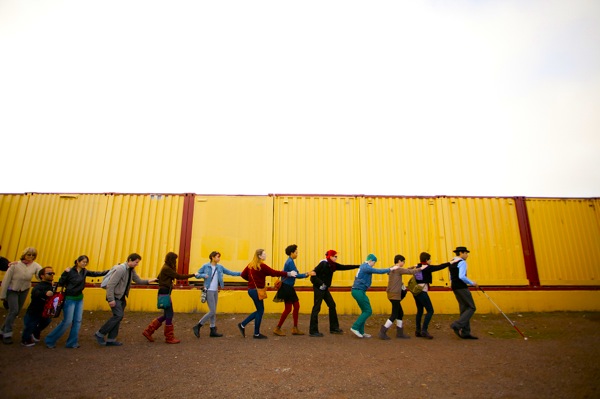Full article available in Disability Studies Quarterly, Vol 34, No 2, 2014
By Kristin Anne Lindgren, Amanda Cachia, and Kelly C. George
Abstract
In this essay, we propose that the Deleuzoguattarian rhizome offers a map and metaphor for the field of disability studies, especially as it develops outside the boundaries of a defined program or curriculum. As an example of rhizomatic growth, we discuss a series of events in the Philadelphia area in fall 2012 that focused on disability studies and disability arts and culture, including an art exhibition entitled What Can A Body Do? and a scholarly residency sponsored by the Greater Philadelphia Women’s Studies Consortium. We suggest that the art gallery offers a generative space for the growth of disability studies, disability aesthetics, and new models of access, and we emphasize the importance of cross-institutional collaboration in the development of disability studies not only as a field but as a field of energy.
Keywords: rhizome, Deleuze and Guattari, art gallery, contemporary art, curator, access, audio description, multisensory, collaboration, consortium, disability aesthetics, What Can A Body Do?
[photo credit: Haverford College, Cantor Fitzgerald Gallery]
